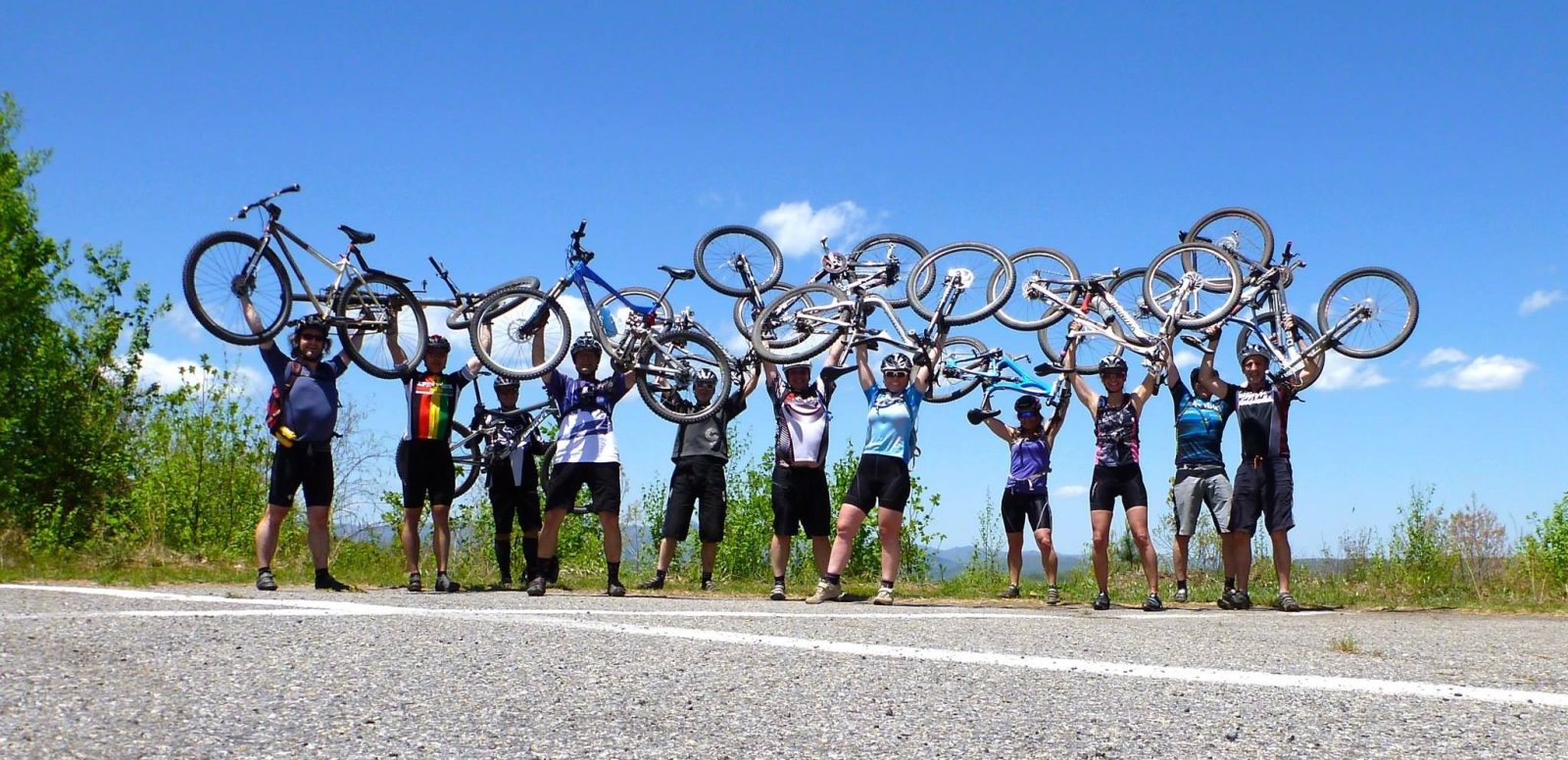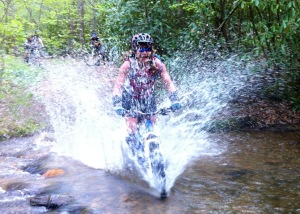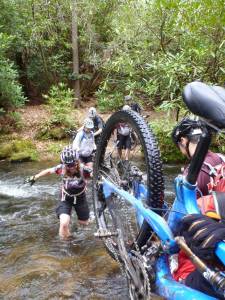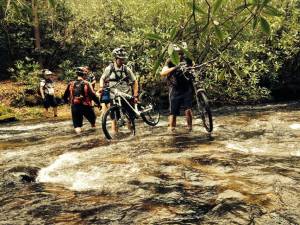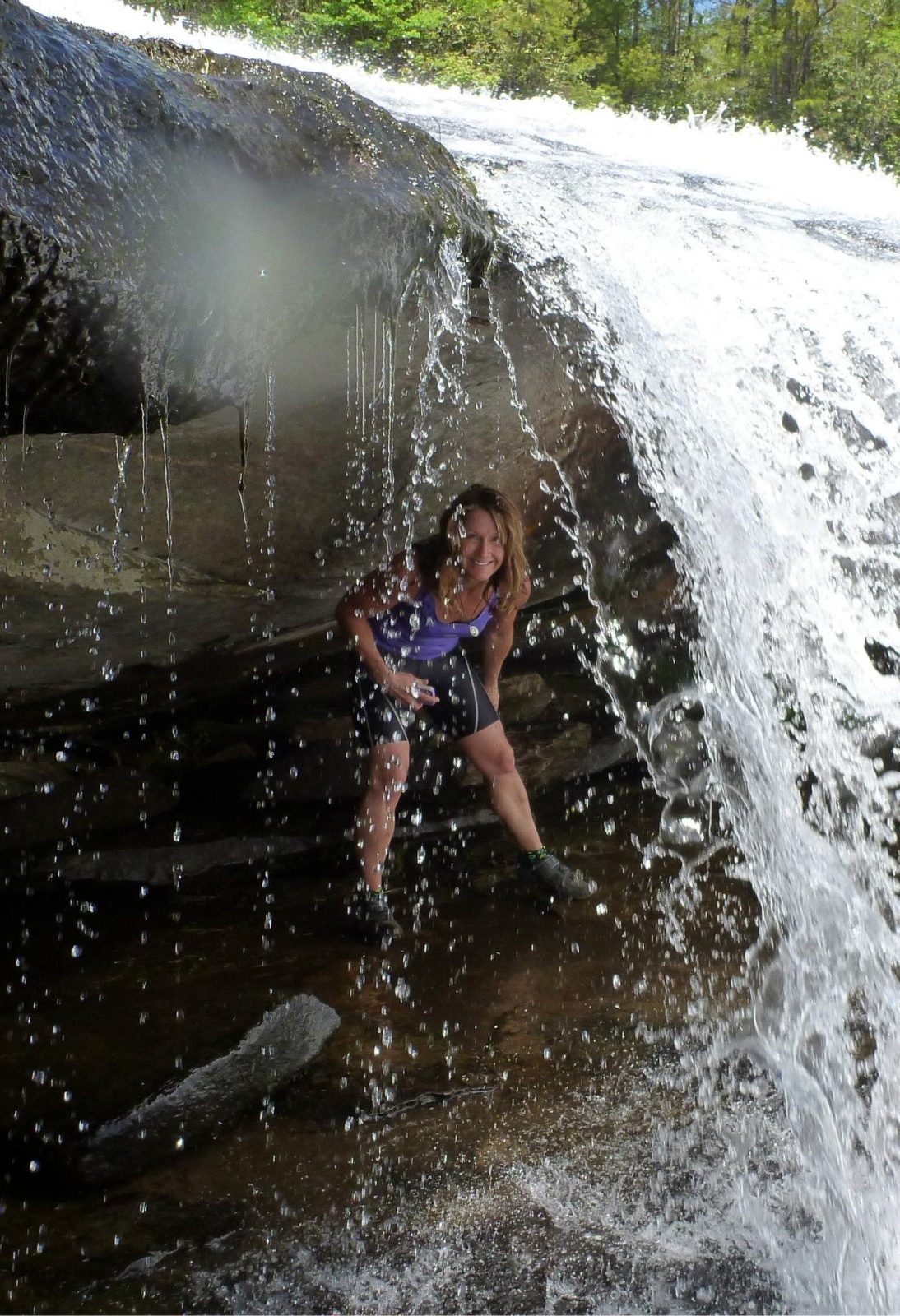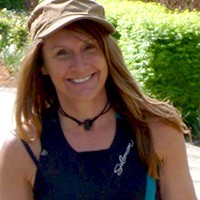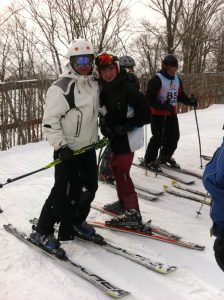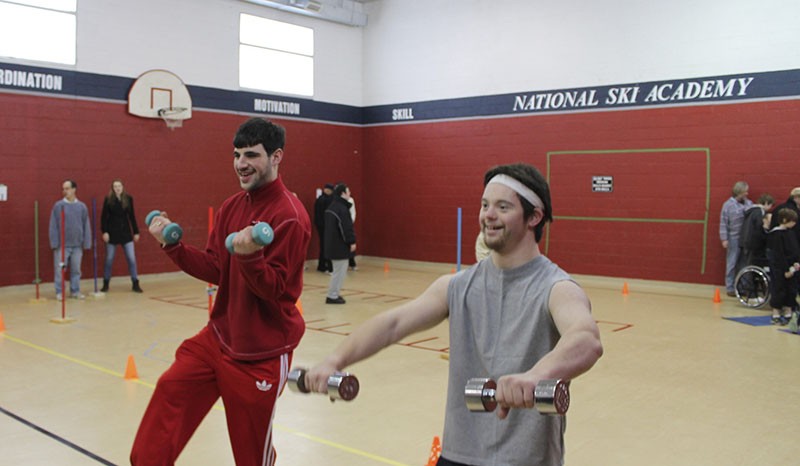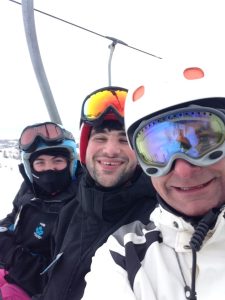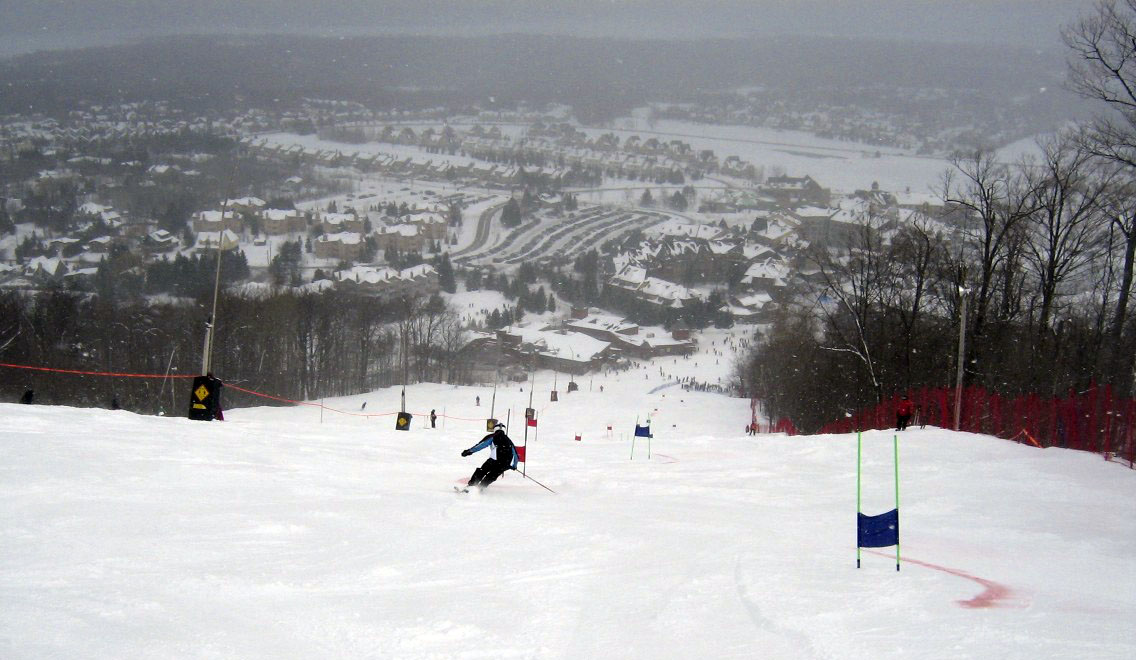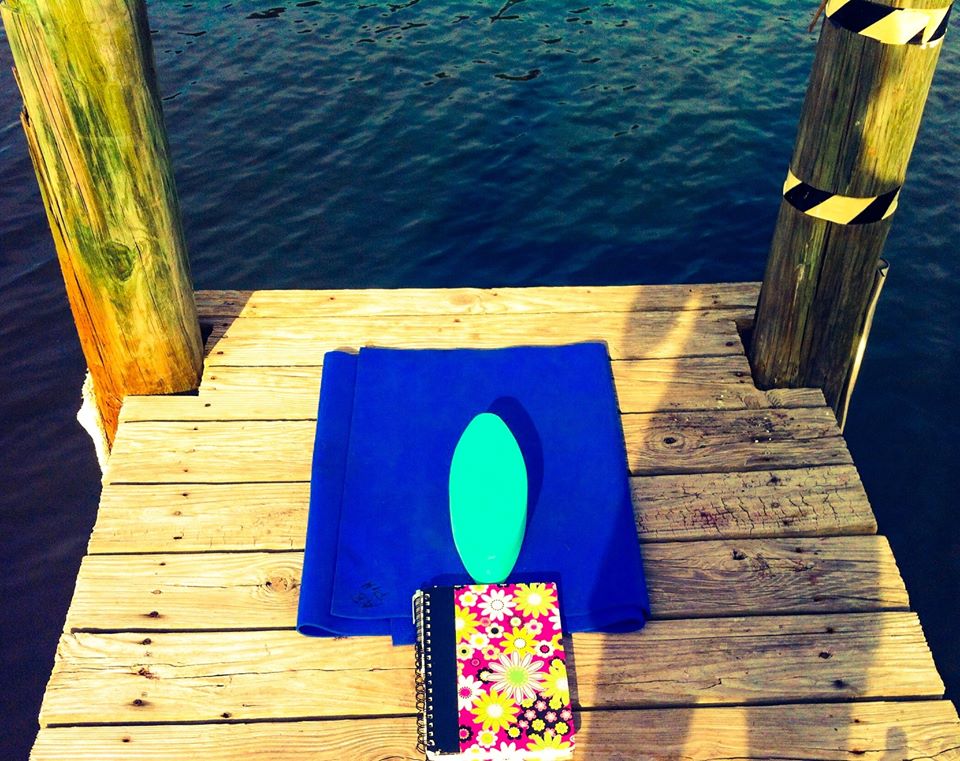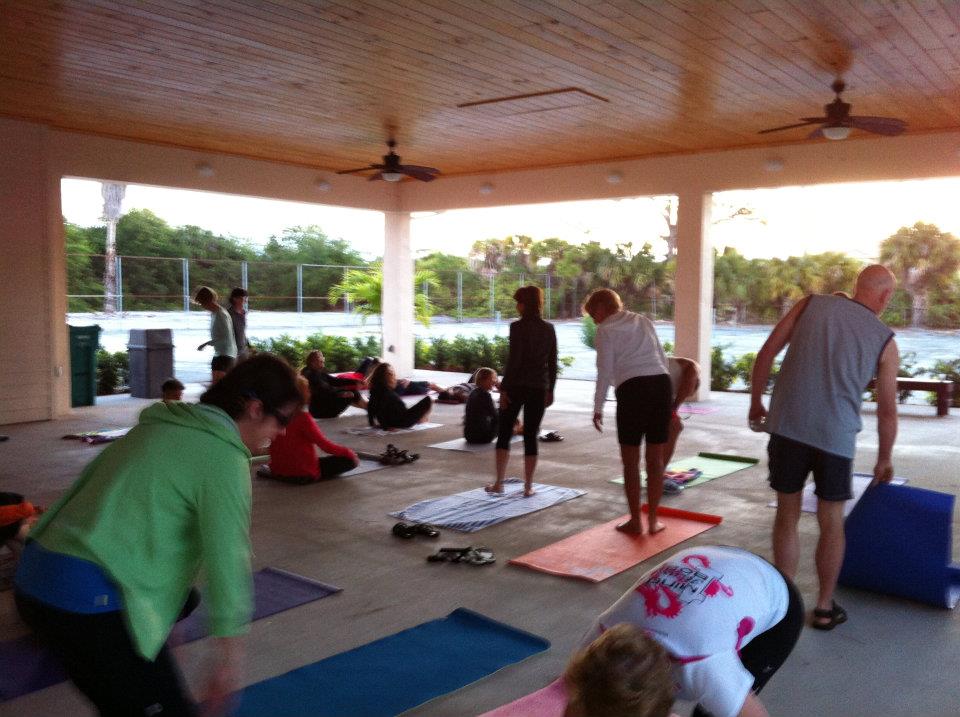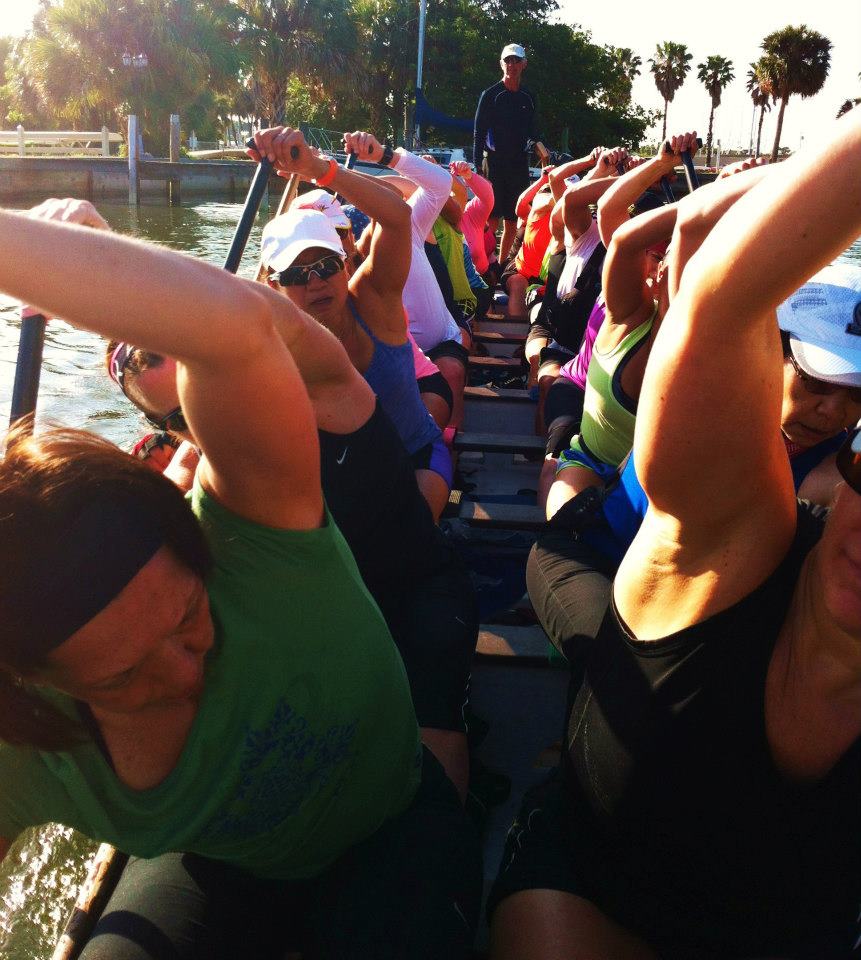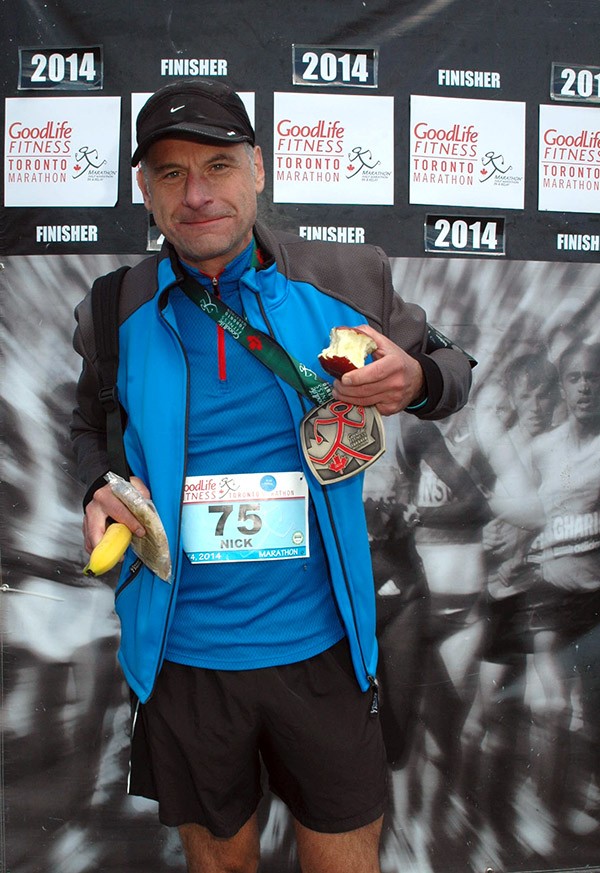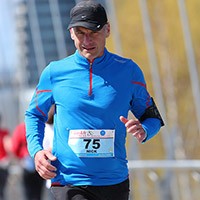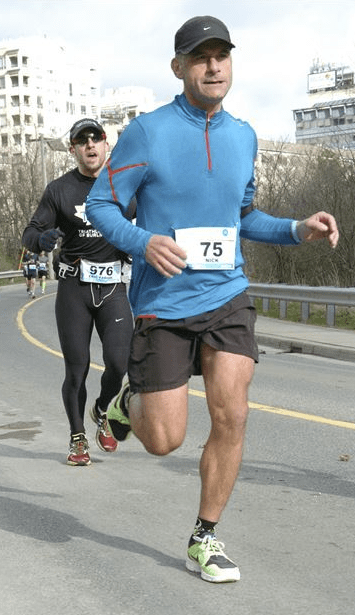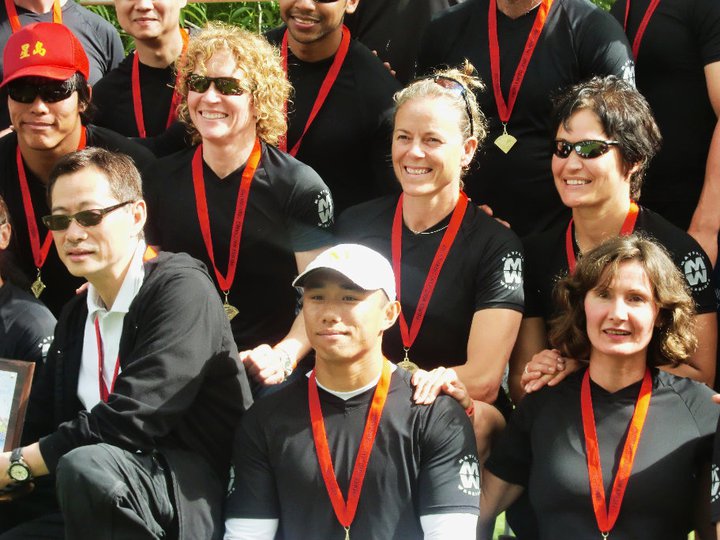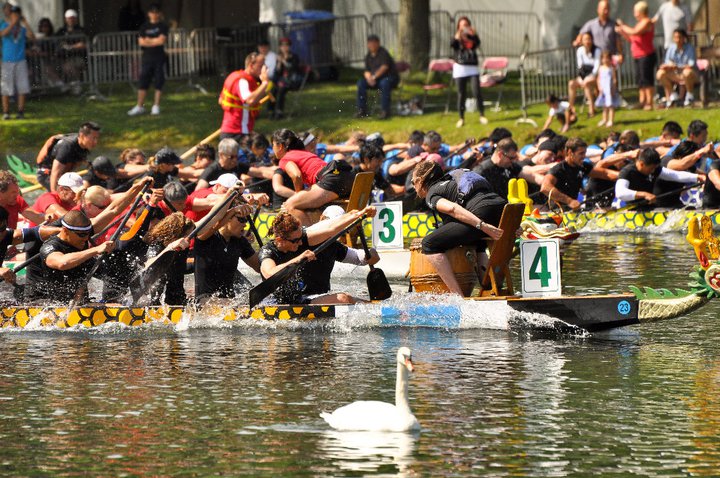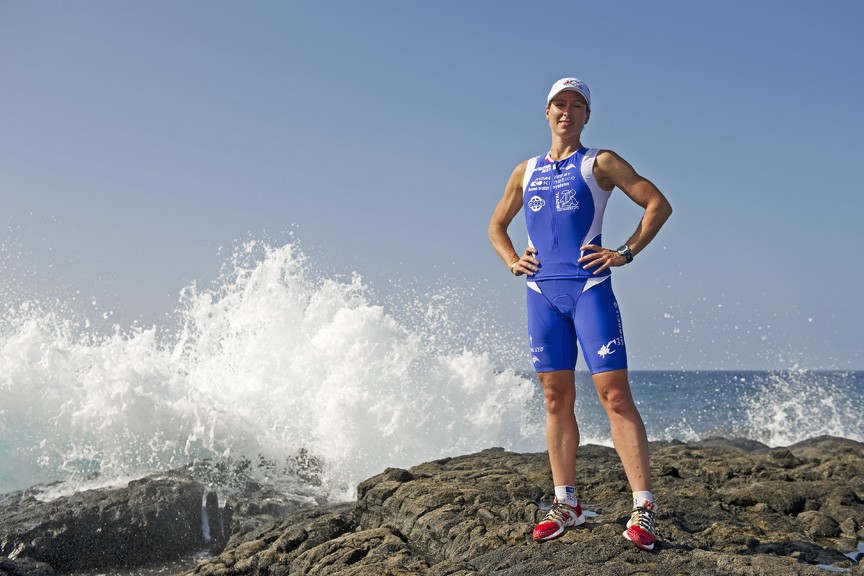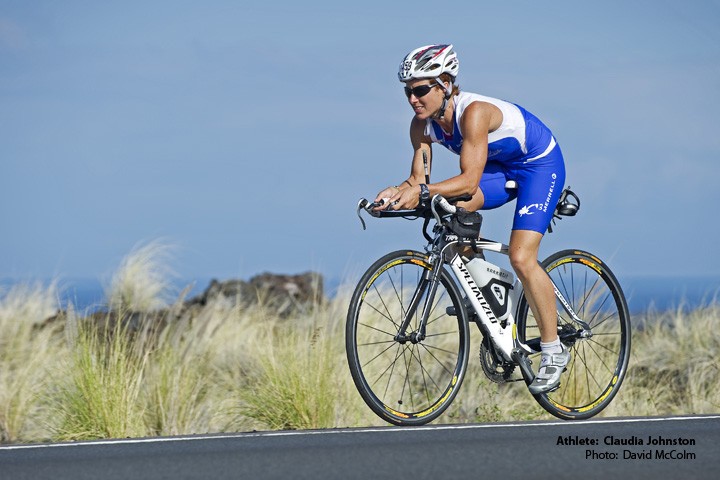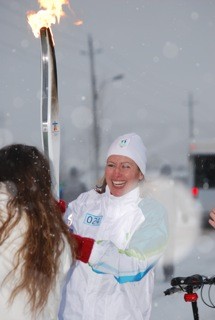We all have goals and dreams in our lives that we hope to reach. Some of us are more successful at reaching them than others. What makes this so? How are some people able to consistently reach their goals and keep coming back to try again if they don’t? I believe the answer lies in visualization, compartmentalization and selective focus.
Visualization
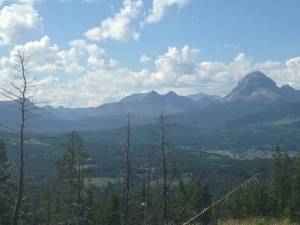
We must visualize success at every stage of our endeavors. No matter the goal, it’s visualizing how it will feel to be successful that will keep us progressing towards the goal. It is important to throw out the negative voices that conspire to draw our attention from a successful outcome.
As a lifelong runner I have endured many training cycles leading up to events ranging from 10K to half and full marathons to ultra-marathons of 50k, 75k, 100k and more. These training cycles are very carefully planned and are difficult. It’s a lot of work but it’s the only way to achieve success. It is important to block out negativity and remain focused and consistent in training. Visualization in training can include:
- seeing the days training run unfold as a success in your head before and during
- seeing the run as yet another successful step in the right direction towards a successful race or fitness goal
- keeping negative thoughts at bay even when a particular run is turning out to be slower or tougher than you expected. It’s easy to let these thoughts throw you off your game and you must not allow that to happen.
- truly see the beauty in your surroundings when running or training for any sport involving the outdoors
- tell yourself you are lucky that you are alive, fit, and that even though it may not be your best day, the training was valid and worth it. You are worth it.
Visualization of success also applies to racing. Some of the points above apply to racing as well, but here are some points to keep in mind on race day:
- trust your training to carry you to your goal and use the confidence that training gives you to block out any negativity
- allow yourself to achieve your goal – fight for it because you deserve it
- if you feel you can’t maintain your goal pace visualize the finish and rationalize that not only have you trained for success but slowing down will only prolong the short term pain
- remember that long term pain comes from quitting and it’s far worse than short term pain. Don’t quit unless you think there is a chance of injury in which case withdraw to fight again another day.
- expect success and then enjoy and savor the moment as every step carries you closer to success
Compartmentalization
Goals we set for ourselves can be daunting. Both the training and the racing include times where the whole thing can become a little overwhelming. Whether it’s a series of long runs in a row with little recovery or a race that’s longer than any training run it’s easy to let feelings of doubt creep in. Again I can best illustrate this with my favorite sport running, with some of my experiences as a participant and coach.
A truly difficult and demoralizing thought process during training runs is thinking too much about race day. It may seem counterintuitive because of what I’ve mentioned about visualizing success. Remember that visualizing success is great, but you need to visualize success on a given day or even a given segment of a run or other activity. Breaking it down this way makes it far easier to manage and a more positive experience.
During some of my long runs leading up to an ultra marathon I’ve fallen into the trap of thinking about the end goal too much! I’ll be out on a 38km trail run with over 3,000 feet of climbing and feeling like crap and thinking “how can I expect to run 160km (100 miles) and 20,000 feet of climbing on race day if I feel like this with only 38km?” Do not fall into this trap! Not only does it sap your energy on that training run but it lowers your overall confidence in your training! Remember above I mention trusting your training to carry you through? It’s hard to trust your training if you belittle it with negative thoughts.
Break each run, bike, paddle, whatever the sport down into segments. Focus on these segments and reach these smaller goals along the way. For a longer run like a 38km or 40km, break it down into pieces like a hilly 10k segment or the next 5km till a nice easy portion begins. Congratulate yourself for achieving these milestones along the way! Enjoying success on these smaller easier to achieve goals gives you the belief that you can carry it to the next segment and ultimately the entire run.
Some race day strategies:
- break the race into segments and more easily achievable goals
- congratulate yourself on completing each segment
- carry the feeling of achievement on to the next segment
- visualize the finish line when you think you are at the place in the race where you have completed enough successful segments that success will be yours and never waver from that picture of success in your mind
- treat each of these segments of the race as if they are shorter training runs and relate them closely so that it’s easy to trust your training to carry you through
- refocus if negative thoughts come calling and they will
Selective Focus
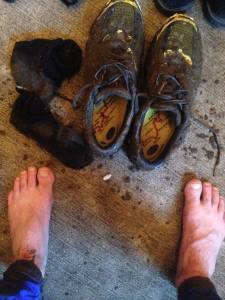
During a 100 miler trail race you go to some dark and painful places mentally and physically. It’s the nature of the sport. Starting a race on a nice bright morning and running into the night with a headlamp takes a special kind of crazy! Or does it? I believe it’s the power of the mind that carries us through. I’m certainly not the fastest runner out there on these trail ultras and I’m not superhuman. What I think carries ultra runners through to the end is the ability to combine visualizing success, compartmentalizing the race and the training into segments, and selective focus.
Selective focus for me personally is the ability to choose what I want as my reality. I know it sounds a little spooky, but choosing to focus on another reality during a dark time is powerful!
During the Sinister 7 trail race in Alberta’s rocky mountain Crowsnest pass last summer I hit some pretty painful moments. There was a time approaching 95km when every joint was hurting in my legs and I was trying to get some sort of fluid and electrolyte balance back from the unusually hot day. The sun was going down and I was now in a jacket, toque and headlamp. I chose to not focus on the pain, the darkening skies and the thought of grizzly bears. I chose to disassociate my physical being from my mind or spirit if you like. I focused on my family, friends, and picked out the most wonderful enjoyable moments in my life. I projected myself into a simple being floating through the forest pretending to float not run.
The power of selective focus is found in the power of creating your own reality even when things are not going your way. Choose to be fully engaged in your dream and choose to focus on something else when negative feelings or realities try to get in the way. Do not let these feelings or situations steal your focus. You alone control your focus and make your own reality. All you need to do is hang on and concentrate and wait for physical reality to catch up with your mental one.
These techniques apply to any challenge we have in our life. Sports, business success, relationships, emotional well being or any goal at all can be reached with the help of these techniques. I always love the idea of “Carpe Diem” – seize the day… Seize success. Attack each day with a positive attitude and never stop trying. Accept setbacks as part of life and move on. Dwell only on success.
I hope these thoughts strike a chord in you and hopefully help you achieve your goals whatever they may be.
If you are interested in personal coaching or performance nutrition products, contact Coach Nick:
email: info@myactivelifetime.com


